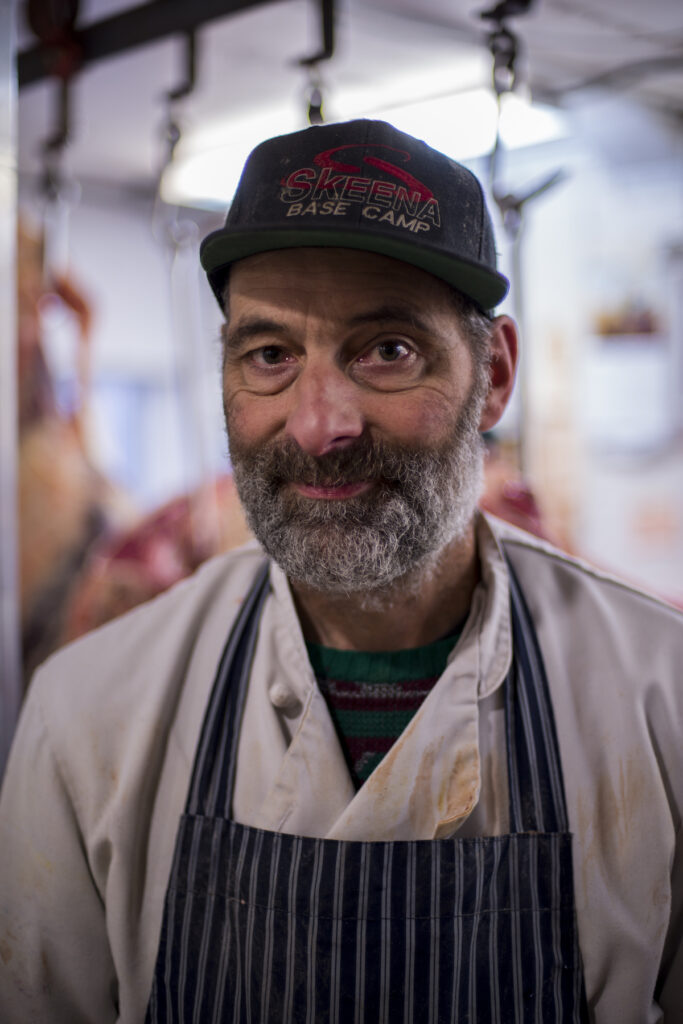
This is Manfred.
After 26 years of ranching beef cattle in the Bulkley Valley, just outside Telkwa B.C., Manfred Wittwer is a self-taught butcher and a fixture in the community for anyone looking to process local meat.
“When we first started here we were just like everybody else,” says Wittwer. “We were selling our calves to the stock market, then in 2003 when BSE (Bovine spongiform encephalopathy) hit, the cattle market was dismal. That’s when we really started talking about local processing, that’s how it all really started, out of a need of people wanting local meat.”
Wittwer and his family raise about 180 cattle on the W. Diamond Ranch, which recently saw an upgrade to its cut and wrap facility this summer, as the demand for local meat and processing has shot up over the past few years. This trend has been steadily growing since the early 2000s, especially for local processing capacity, which Wittwer says grew out of necessity.
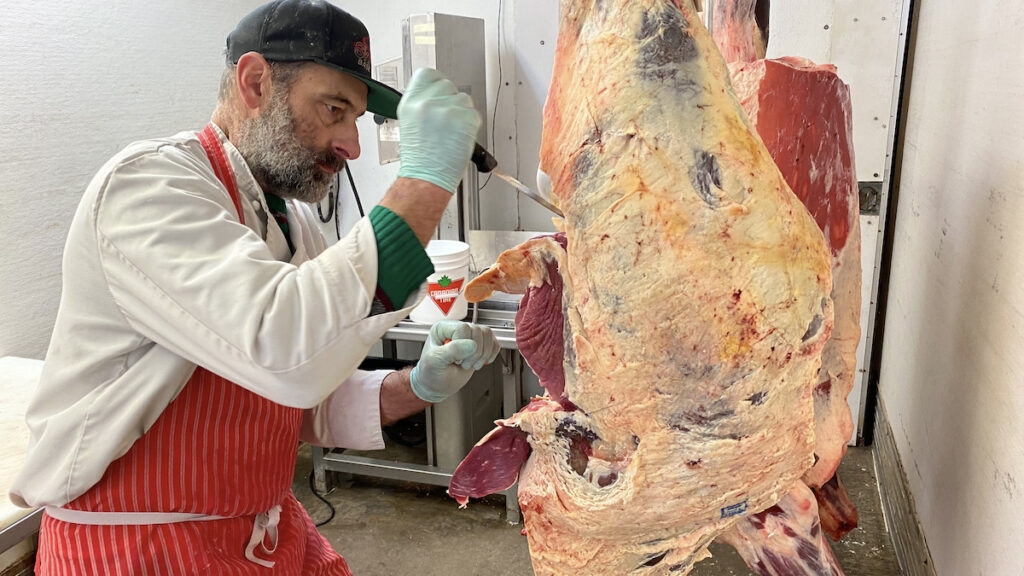
Before the local abattoir was opened nearly 10 years ago, cattle had to be shipped out of the region to be processed and often the meat that returned wasn’t as good as the meat that was processed on the ranch. Wittwer knew something needed to change.
“When you ship calves, you’d always keep the ones that were odd coloured or one that was limping, if something was wrong with it you’d keep it back because you wouldn’t get much money for it,” Wittwer explains. “All the good calves would go away into the big stream of processing.”
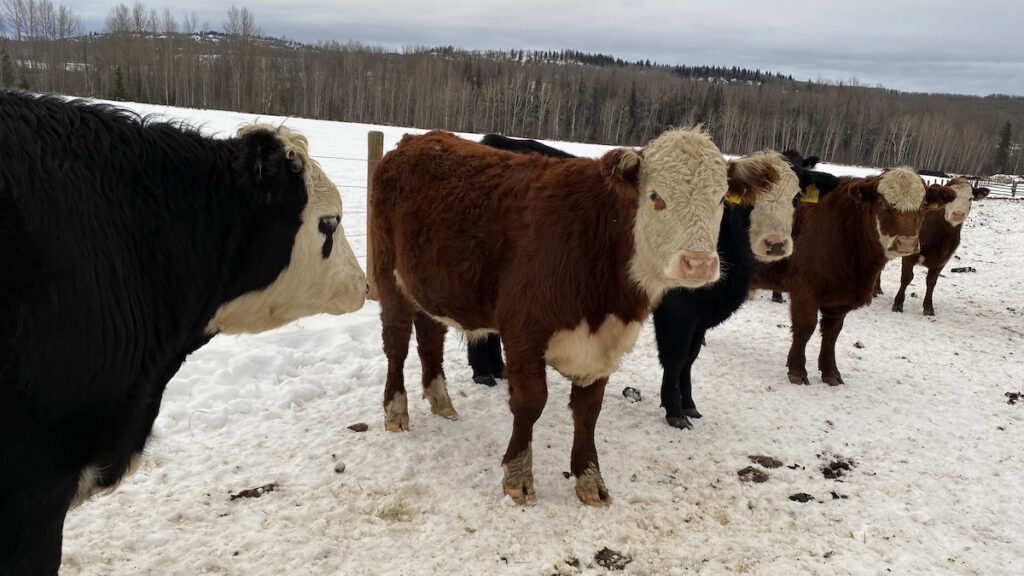
“We noticed after a few years the ones we would keep back, butcher out and sell to a friend here and there, those people were always really happy with the meat. And more and more you would hear people complaining about the meat that comes back into the store, to us it sounded so odd,” he said.
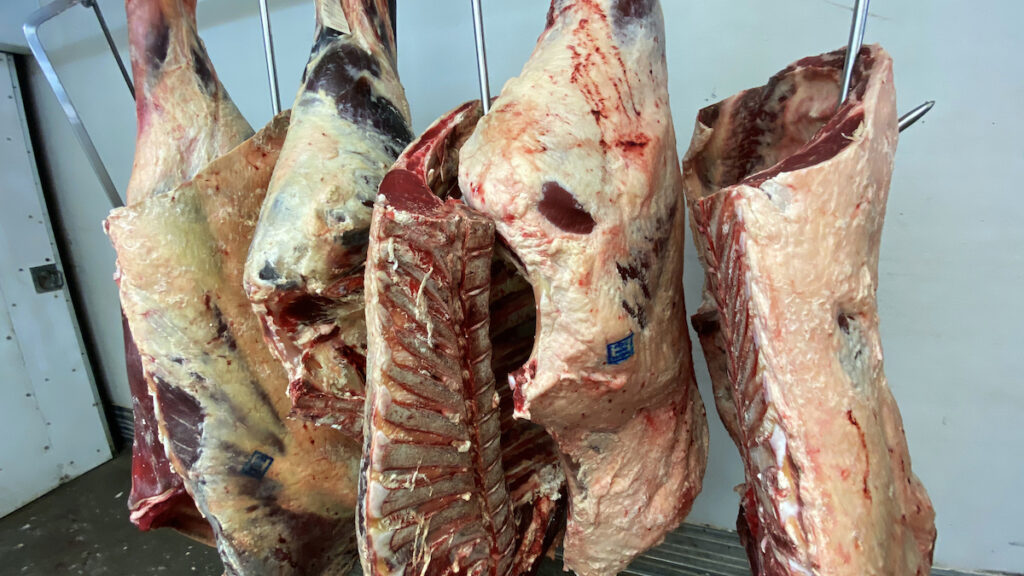
“So we were shipping out our nicest calves and their coming back into the store and people are complaining about how it tastes, and our ‘ugly’ ones we were butchering here and selling to people who were really happy with it. So we though there is something wrong with that process, and that’s how the whole local abattoir and everything got going,” he said.
As Wittwer opens the fridge doors at his processing plant, hindquarters line the room from top to bottom, all of which will be cut and wrapped by weeks’ end, a revolving door of delicious grass-feed beef that keeps Wittwer and his crew of eight busy well into the late hours of the day.
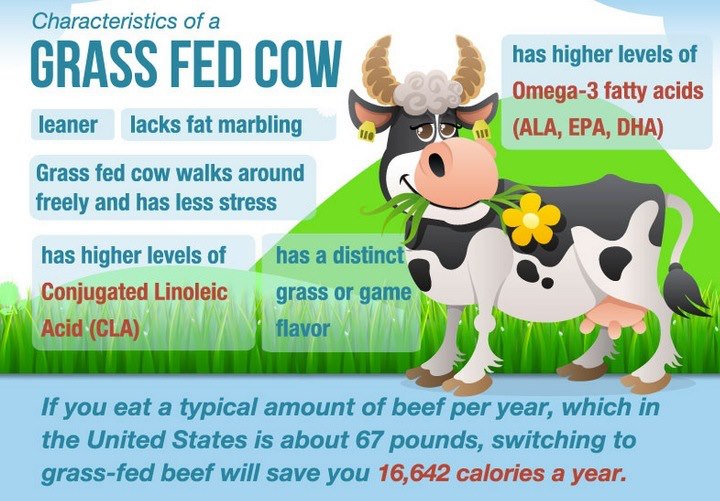
Meticulously slicing away, a fresh cut of beef, Wittwer proves what an art and skill butchering really is. Within a few minutes a seemingly dull chunk of meat is turned into a crisp, bright red flank steak ready for the grill.
Although demand for local produce and meat has remained high for several years, it really hit the ceiling in March when the Pandemic struck. Suddenly Wittwer was getting calls constantly from other ranchers needing their meat processed, and consumers looking to secure a local meat source.
“Every local cut and wrap facility is busy, the fall is usually a busy time, but it’s been right through. And we’re still busy, more than every before,” Wittwer says.
“We definitely won’t run out of meat, what we are running into is processing capacity. There are four cut and wrap facilities in the Bulkley Valley and everyone is booked out until January/ February. The market is definitely there.”
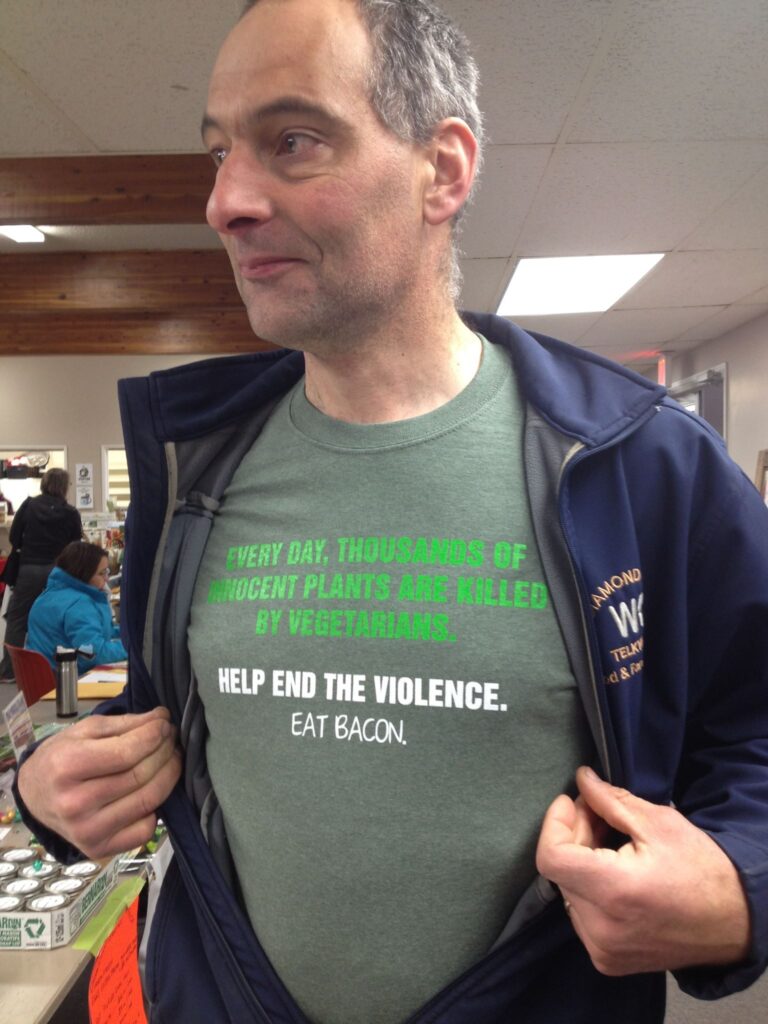
Wittwer holds up a freshly smoked side of bacon, the aroma is divine. “We just processed bacon and chops that are going in for curing. Look at this, nice cured ham that we’ll slice and package up, it’s amazing to see that whole process, creating work and money that goes around right here and stays in the area.”
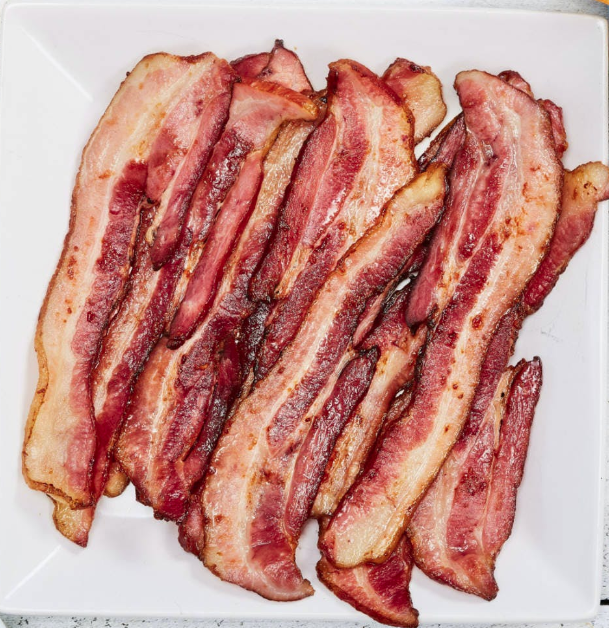


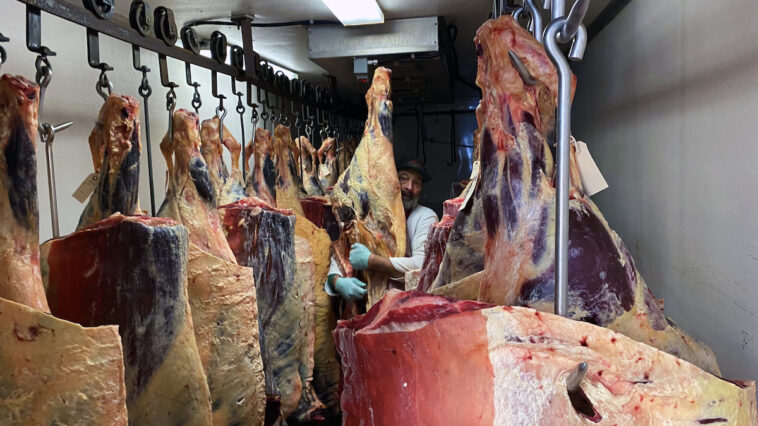


A wonderfully written article and a great tribute to one of the pillars of food security in the Bulkley Valley. Now to use this model to create year round access to local fruits and vegetables!
Hi there
We are seriously thinking about purchasing some beef. Years ago we bought half a cow but it had a real funny taste in the fat that when cooked it went to the meat. Not sure if it was was grass or grain fed. Would like your feed back and maybe a price to butcher a half cow and have it wrapped. Thank you